IoT technology is improving life for humans in everything from smart home, smart health and smart city applications. Humans, however, are not the only ones benefitting from this technology. The almost endless applications of IoT have now been extended to wildlife protection. Conservationists are turning to this technology to track and monitor wildlife in an effort to save the world’s most endangered species.
Unfortunately, many species need protecting. The
The rhino is one of these animals threatened with extinction. Rhinos have been driven to the brink of extinction through poaching and habitat loss. The International Rhino Foundation’s 2018 State of the Rhino report noted that for the last five years, African rhinos have been poached at a rate of
IoT technology is being used to turn that trend around. Its global connectivity coupled with low powered, long battery life sensors make monitoring, tracking and protecting endangered animals like the rhino easier and more effective.
In 2016, the Sigfox Foundation along with Lowveld Rhino Trust began tracking wild rhinos by implanting trackers into their horns, drastically simplifying the tracking and monitoring of this threatened species. Unlike VHF radio tracking that requires a person to listen to a radio signal, and a directional antenna to physically follow the signal to determine the position of the rhinoceros, Sigfox devices allow automated downloading of GPS positions without the need for continuous human monitoring. The trackers, which send three GPS signals per day via the Sigfox network, on a dedicated secured platform, help monitor the exact locations of the rhinos to better protect them.
Elsewhere, conservation efforts using IoT technology are focusing on marine life. Sensor technology is now being used to collect data on aquatic animals and their environment. An underwater network of interconnected sensors can help scientists monitor ocean temperatures to study climate change and track marine life to study aquatic animal habitats, behavior and migration. Aquatic applications of IoT technology can also be used to collect data for conservation and ecological management to prevent issues like over-fishing. One example of sensor technology being used to monitor marine life can be found at the
IoT technology can be adapted not only to protect endangered species but to help humanity to become better stewards of the environment.
